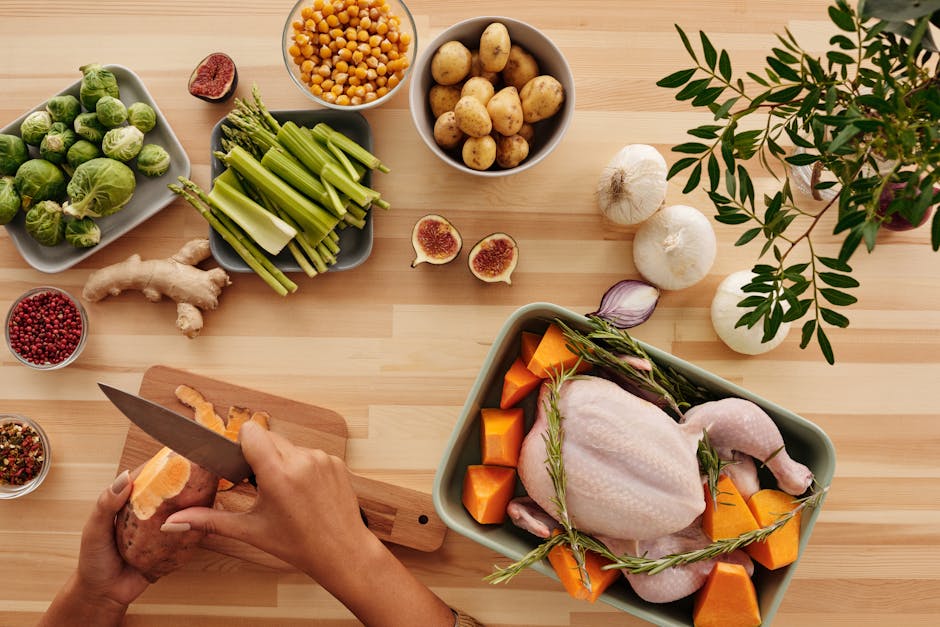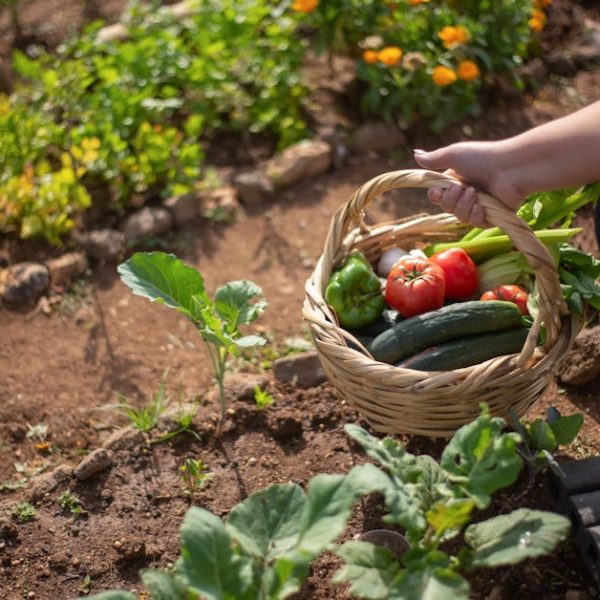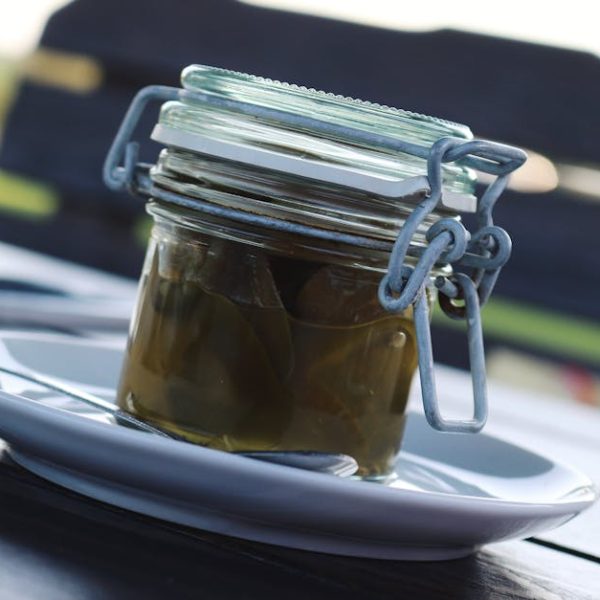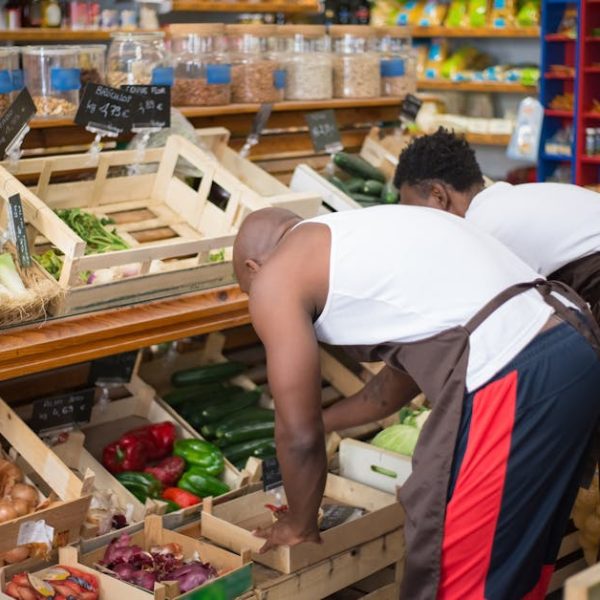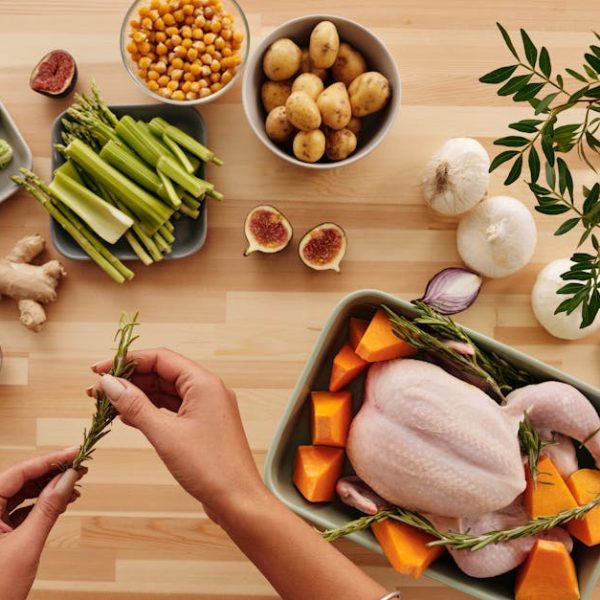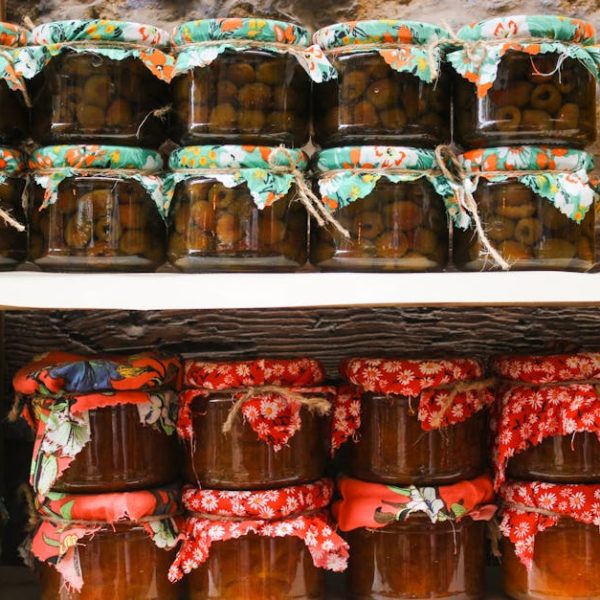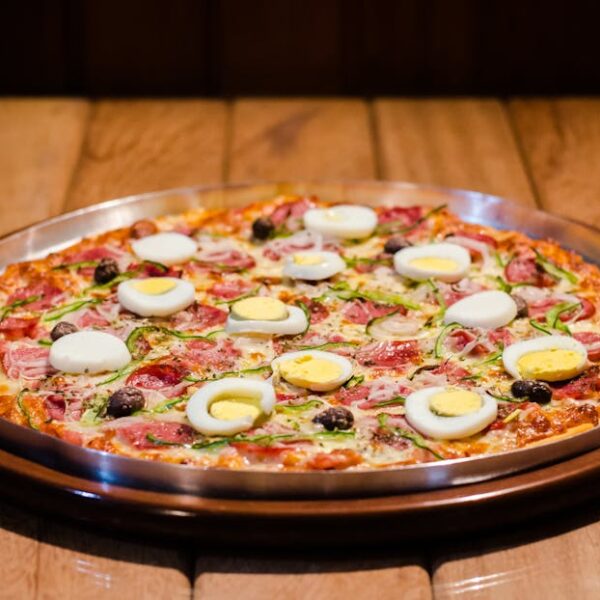Let’s dive into the tangy allure of pickling Brussels sprouts, a little culinary adventure that’s a whole ride of flavours. Brussels sprouts, the cabbage’s smaller and somewhat cuter cousin, can tease the palate with a delightful fusion of tart, salty and sweet notes when transformed into pickles. Just as significant is the process behind pickling them—the selection, preparation, and understanding the science behind pickling.
Getting the Basics Right: The Selection and Preparation of Brussels Sprouts for Pickling
Start your pickling journey with selecting the right candidates: the Brussels sprouts. Quality matters when it comes to pickling. Fresh, firm, and vibrant green brussels sprouts are the best selection for the tastiest pickles. A few traits to look for:
- Firm texture: They should not be soft or yield under gentle pressure.
- Vibrant color: Stay away from yellow or brownish sprouts as they could be starting to spoil.
- Blemish-free: Ensuring that your sprouts are free from cuts or damage prevents any deterioration during the pickling process.
Once you’ve selected your Brussels sprout troops, get them ready for the pickling process. This involves peeling off any loose or yellow leaves, giving them a good wash, and then cutting them in half if they are particularly large. Remember, pickling is a form of preservation, so cleanliness is vital to prevent introducing any unwanted bacteria into your jars.
Exploring the Science Behind Pickling: Understanding Vinegar, Salts and the Pickling Process
Pickling is more than just tossing things in a jar—it’s science. The acetic acid in vinegar is responsible for the tangy flavour we all know and love. But more crucially, it creates an acidic environment where harmful bacteria struggle to survive, providing us with a safe and deliciously crunchy snack.
Choosing the right kind of vinegar can be a game-changer in the pickling process. White vinegar, with uniform acidity, is a popular choice for its neutral flavor. However, apple cider vinegar brings slightly fruity notes, while red or white wine vinegar offers a more complex profile.
Don’t forget the salts—a prime component in pickling. Opt for pickling or kosher salt that’s devoid of anti-caking agents or iodine that can otherwise cloud your brine or alter the flavor.
The Recipe: A Step-by-Step Guide to Pickling Brussels Sprouts
Let’s get pickle-making. Before you start, gather your tools and ingredients. At a minimum, you’ll need jars and their lids, a large pot for boiling the jars, Brussels sprouts, vinegar, salt, and other optional flavorings like garlic or peppercorns.
Wash and prep your sprouts. Ready your jars by washing them in hot soapy water before sterilizing them in boiling water. Pack the sprouts into the jars, boil your pickling solution, and pour over the sprouts, ensuring they’re fully submerged. Then put on the lids, let them cool, and into the fridge they go for the pickling magic to happen.
In the next part, we’ll explore some exciting variations to the traditional pickling recipe and how to store and enjoy your pickled Brussels sprouts for optimum pleasure. Be ready to embark on an utterly tangy pickling adventure!
Variations on the Theme: Unique and Delicious Pickling Recipes for Brussels Sprouts
Thinking of adding a twist to your pickled Brussels sprouts? Good news is, the world of pickling is rife with varied flavours that can change your pickle game completely. Here are a few ideas you might want to explore:
- Dill and Garlic Brussels Sprouts: This takes the regular pickled Brussels sprouts up a notch with the bold flavor of dill and hint of garlic. That subtle garlicky undertone and the vibrant tanginess of dill create a pickle that’s delightful on its own or as a cocktail nibble.
- Sweet Pickled Brussels Sprouts: Add a bit of sugar with your vinegar to create a sweet-and-sour effect. The addition of sweet spices like cinnamon and clove gives it an interesting balance that can make an agreeable companion for cheese or charcuterie.
- Mixed Pickled Vegetables: Pair Brussels sprouts with other vegetables like carrots, cauliflower, or bell peppers for a colorful, texturally diverse, and tastefully complex pickle mix.
Remember, the best pickling recipe is the one that excites your taste buds. So, feel free to experiment with spices like mustard seeds, coriander, or hot peppers.
The Aftermath: Storing and Enjoying Your Pickled Brussels Sprouts
Once you’ve embarked on the pickling adventure and got jars of your homemade deliciousness, it’s important to store them correctly. Ideally, pickled Brussels sprouts should be kept in a cool, dark place like a cellar or a fridge. Here, they can keep for up to a year, with the flavours only intensifying over time.
₪ Pro Tip: Always use a clean fork or spoon to remove your pickles from the jar to avoid contaminating the remaining contents.
The question now is – what to do with these tangy morsels of delight? They’re ready to eat straight from the jar but you can also incorporate them into different dishes to liven up your meals. Toss them in your salads for an added crunch and a boost of flavor, blend them in your smoothies, or use them as a garnish to a platter of roasted meat.
Beware though – pickling, especially when it includes Brussels sprouts, can be addictive. You might find yourself scanning the grocery aisles for more sprouts or perhaps even planning your own sprouts garden. All we can say is: Happy pickling!
Key Takeaway:
- The selection and preparation of quality Brussels sprouts are crucial steps for a successful pickling process.
- Understanding the science behind pickling such as the use of vinegar and proper salts enriches the overall pickling experience and quality of the end product.
- The process of pickling Brussels sprouts is straightforward, and one can experiment with various flavors and recipes to cater to their palate.
- Correct storage methods and utilization in different dishes enhance the shelf life and enjoyment of pickled Brussels sprouts.
Pickling is its own culinary adventure that unlocks a world of flavor and versatility with produce like Brussels sprouts. Not only does it serve as a unique way to preserve and make the most out of your food, but it also provides an opportunity for creativity and innovation. Let these guidelines inspire your pickling endeavors and lead you closer to your tangy Brussels sprouts pickles.
FAQs
Q: Can I use sprouts from frozen packs for pickling?
A: It’s best to use fresh Brussels sprouts for pickling as they deliver the best texture and flavor. Frozen sprouts might affect the crunch typical of pickles due to their softer nature upon defrosting.
Q: How long should I wait before consuming the pickled Brussels sprouts?
A: Ideally, letting your pickled Brussels sprouts rest in the cool storage for one to two weeks before consuming allows the flavors to fully develop and intensify.
Q: What can be used as alternatives to vinegar in pickling?
A: While vinegar is typically used in pickling due to its high acidity, lemon or lime juice can also be used. However, they might impart a different flavor profile.
Q: Can I reuse the pickling brine for a new batch of pickles?
A: Reusing pickle brine is not advised as it may not have enough acidity to effectively preserve a fresh batch, potentially leading to spoilage and growth of harmful bacteria.
Q: What other vegetables can be pickled in a similar way to Brussels sprouts?
A: Many other vegetables such as cucumbers, carrots, beets, and cauliflower can be pickled following similar methods. Choosing such vegetables allows you a wider array of flavors and textures in your pickled goods.
Enjoy the exciting journey of pickling Brussels sprouts and don’t forget to share your experience or questions in the comments. Explore more culinary journeys and fun recipes on our page!
